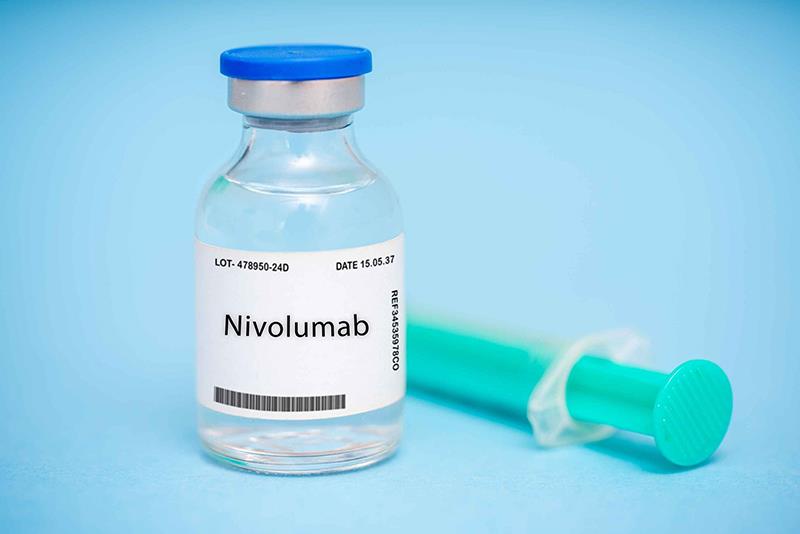First-line nivolumab-ipilimumab improves life quality, eases symptoms in metastatic CRC





First-line treatment with nivolumab (NIVO) in combination with ipilimumab (IPI) results in better health-related quality of life (HRQOL) and fewer symptoms, when compared with chemotherapy, in patients with centrally confirmed microsatellite instability-high (MSI-H)/mismatch repair-deficient (dMMR) metastatic colorectal cancer (CRC), as shown in the CheckMate 8HW study presented at ESMO GI 2024.
Moreover, “NIVO plus IPI had a decreased risk of HRQOL deterioration versus chemotherapy,” said lead author Dr Sara Lonardi from Instituto Oncologico Veneto IRCCS in Padova, Italy. However, “these results should be interpreted with caution due to the low proportion of patients with events in both arms.”
Lonardi and her team evaluated HRQOL in treated patients with centrally confirmed MSI-H/dMMR status using the EORTC QLQ-C30, QLQ-CR29, and EQ-5D-3L. They used a mixed-effects model for repeated measures to calculate the least squares (LS) means and 95 percent confidence interval (CI) estimates of change from baseline. The primary timepoint of interest was week 21.
In addition, Lonardi and colleagues estimated the time to confirmed deterioration (TTCD) using Kaplan-Meier product limit methods. The team defined TTCD as “the time between randomization to first deterioration (confirmed at subsequent assessment) where worsening change from baseline score meets or exceeds responder definition (a change of 10 points from baseline).”
A total of 245 patients received either NIVO plus IPI (n=170) or chemotherapy (n=75), of whom 94 percent to 96 percent had available baseline HRQOL data. [ESMO GI 2024, abstract 2O]
Differences in Global Health Status (GHS) between the NIVO plus IPI and chemotherapy groups went above the prespecified minimally important difference of 5.0 starting at week 13 (LS mean difference, 9.7, 95 percent CI, 3.6‒15.9).
Specifically, significantly more patients in the NIVO plus IPI arm had GHS improvements than in the chemotherapy arm (week 13: 42 percent vs 9 percent; week 21: 47 percent vs 5 percent; week 37: 42 percent vs 3 percent, respectively).
At week 21, NIVO plus IPI-treated patients showed clinically meaningful improvements in HRQOL (ie, GHS and functional scales) and reduction in symptoms (ie, pain, fatigue, and nausea and vomiting) relative to those who received chemotherapy.
Life quality decline
The risk of HRQOL deterioration was also lower in the NIVO plus IPI group than the chemotherapy group (TTCD in GHS: hazard ratio [HR], 0.32, 95 percent CI, 0.18‒0.57). However, the number of events in each treatment arm was low.
“In summary, these HRQOL analyses provide further support for the use of first-line NIVO plus IPI in patients with MSI-H/dMMR metastatic CRC,” Lonardi said.
The study, however, was not without some limitations. “Due to differences in treatment duration, there was an imbalance in week 21 completion rates between NIVO plus IPI and chemotherapy arms, potentially impacting HRQOL assessments,” according to Lonardi.
CheckMate 8HW, a randomized phase III study, compared NIVO plus IPI with NIVO or chemotherapy in patients with MSI-H/dMMR metastatic CRC. Prespecified interim analysis revealed superior progression-free survival with NIVO plus IPI than with chemotherapy in this population (HR, 0.21; 97.91 percent CI, 0.13–0.35; p<0.0001). [J Clin Oncol 2024;42:LBA768]